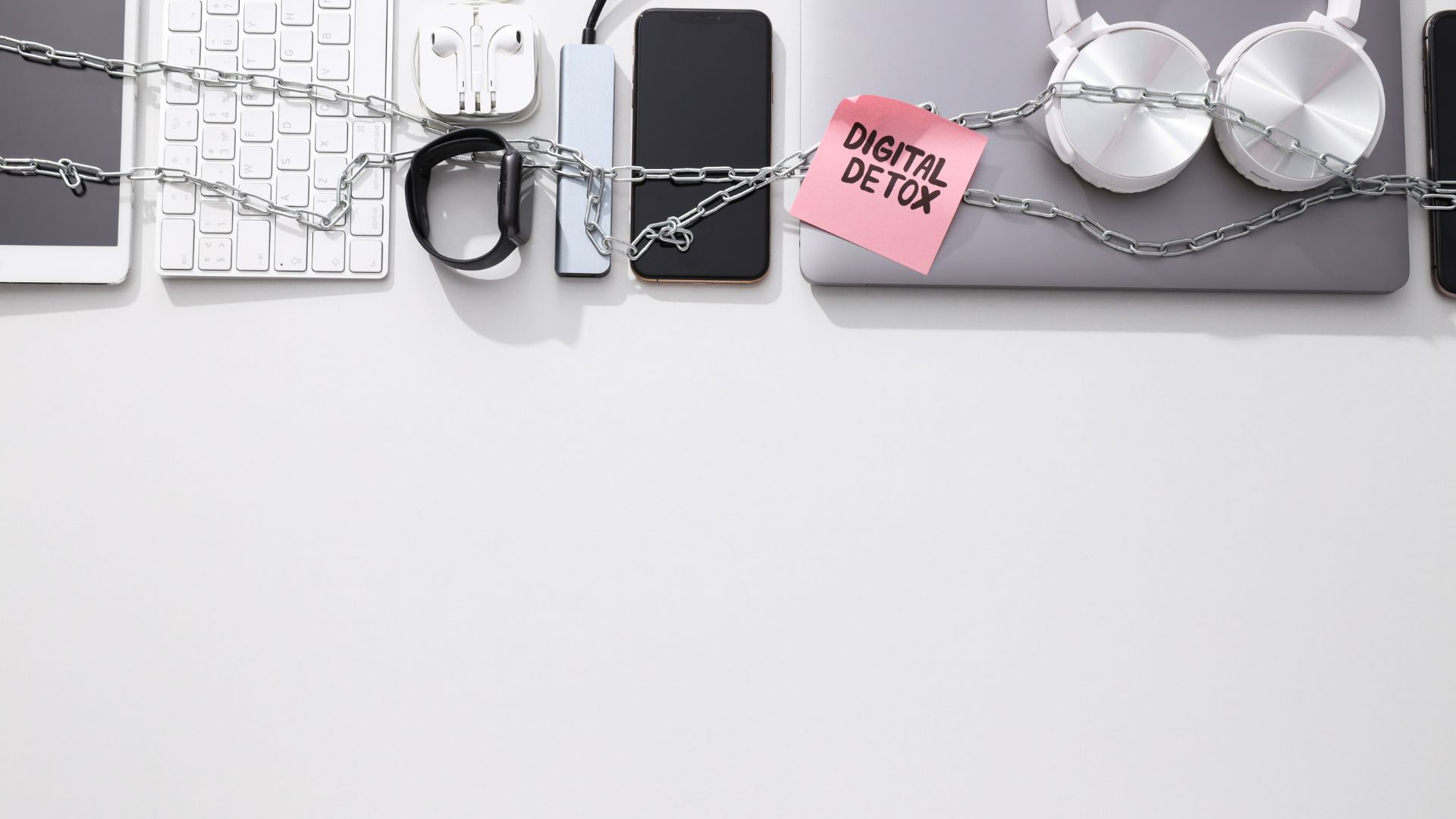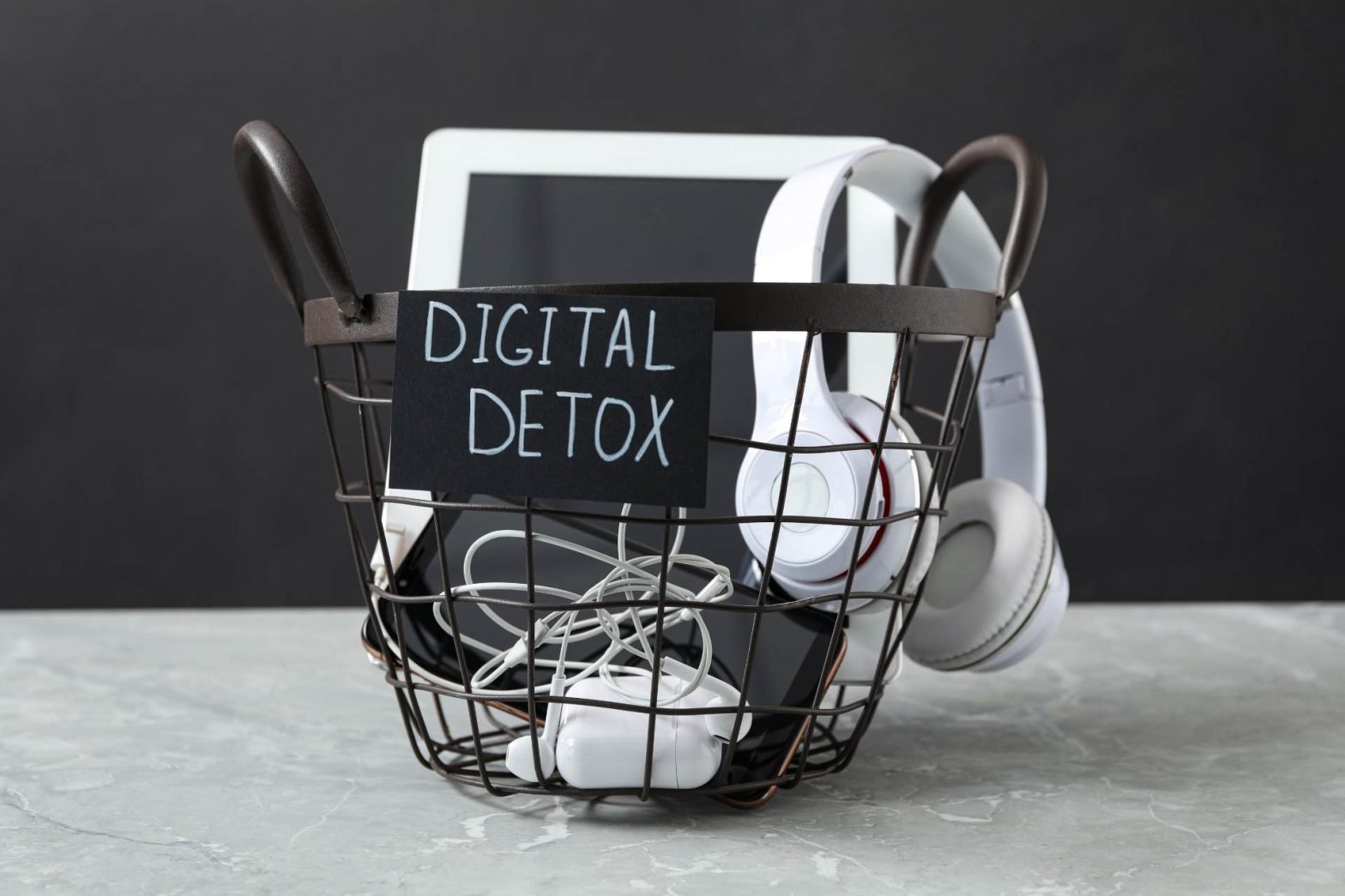In our hyperconnected world, the average person spends over seven hours daily staring at screens, creating an unprecedented level of digital dependency that’s silently wreaking havoc on our health. From the moment we wake up to our final bedtime scroll, digital devices have become extensions of ourselves, delivering constant notifications, endless social media feeds, and the relentless pressure to stay “always on”.
Research reveals that about 61% of people admit they’re addicted to the internet and their digital screens, while 25% of smartphone owners between the ages of 18 and 44 don’t remember the last time their phone wasn’t right next to them. This constant connectivity isn’t just changing our behavior—it’s rewiring our brains and compromising our physical and mental health in ways we’re only beginning to understand.
The Hidden Health Crisis of Digital Overload
Mental Health Consequences
Digital overconsumption creates a cascade of mental health issues that extend far beyond simple distraction. Constant exposure to screens can cause self-image problems, low self-esteem, sleep problems, depression, anxiety, and work ethic problems. The psychological impact runs deeper than many realize—experts have found that heavy smartphone use can cause changes in your brain, with every scroll or swipe sending a hit of dopamine to the same areas that respond to addictive and dangerous drugs like cocaine.
The mental health implications are particularly concerning when it comes to social media use. Negative social media experiences can trigger anxiety and depression while affecting self-esteem. The constant comparison with others on social platforms leads to feelings of inadequacy, jealousy, and loneliness. Recent systematic reviews have found that digital detox interventions significantly reduce depressive symptoms, with effects comparable to cognitive behavioral therapy.
Physical Health Impacts
The physical toll of excessive screen time is equally alarming. Staying glued to smartphones for several hours can lead to eye strain, dry eyes, blurry vision, teary eyes, and headaches. The hunched posture from looking down at screens causes lower back and neck problems, while sedentary behavior associated with technology use increases obesity risk by 43% among heavy users.
Sleep quality suffers dramatically from digital overexposure. The blue light emitted by screens suppresses melatonin production and disrupts circadian rhythms. When your body knows it’s time for sleep, staring at your phone keeps your brain alert and active, delaying the natural melatonin release needed for quality rest.
The Science-Backed Benefits of Digital Detox

Improved Mental Clarity and Focus
Digital detox provides remarkable improvements in cognitive function. Research shows that 91% of participants in digital detox studies showed improvements in at least one significant psychological outcome, including enhanced ability to sustain attention. By removing constant digital distractions, individuals can concentrate better on tasks, leading to improved efficiency and clearer thinking.
Enhanced Emotional Well-being
Studies consistently demonstrate that digital detox interventions lead to significant reductions in anxiety and depression symptoms. Participants report greater life satisfaction and more positive emotions while experiencing decreases in negative feelings. The absence of constant digital stimulation allows for better emotional regulation, as people become more attuned to their emotional states without the interference of screen-based distractions.
Better Sleep and Physical Health
Digital detox participants experience dramatic improvements in sleep quality. Without the blue light interference and mental stimulation from screens, the body can better control natural sleep cycles. Additionally, increased time away from screens leads to more physical activity, face-to-face interactions, and outdoor activities—all known contributors to better physical and mental health.
Practical Steps to Start Your Digital Detox Journey
Begin with Small, Manageable Changes
Start your digital detox journey gradually rather than attempting a complete digital shutdown. Turn off non-essential notifications to reduce constant interruptions. Convert your phone to grayscale mode to make it less visually appealing and reduce screen time. Designate specific tech-free hours, such as the first hour after waking up and the last hour before bedtime.
Create Physical Boundaries
Establish tech-free zones in your home, particularly the bedroom and dining areas. Keep your phone in a separate room while sleeping and invest in a traditional alarm clock. Put your phone away during meals to improve the quality of face-to-face interactions.
Replace Digital Habits with Healthy Alternatives
The key to a successful digital detox lies in replacing screen time with meaningful offline activities. Engage in physical exercise, outdoor activities, reading, creative pursuits, or face-to-face social interactions. Plan tech-free activities with friends and family to maintain accountability while building stronger real-world connections.

